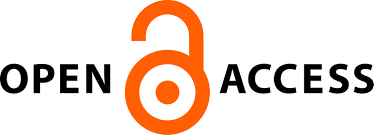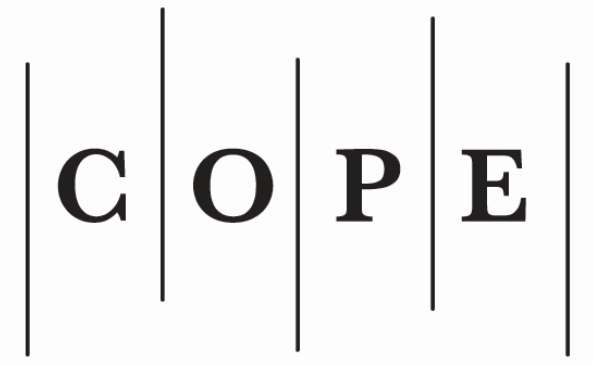The Conceptual Framework of the National eHealth Development Process
##plugins.themes.bootstrap3.article.main##
Abstract
Summary. In April 2004 the European Commission adopted the eHealth Action Plan and urged the member states of the European Union to develop national eHealth implementation strategies and corresponding action plans to support their delivery. Extensive eHealth infrastructures and systems were soon viewed as central to the future provision of safe, efficient, high quality and citizen-centred healthcare. However, the ambitious plans and high expectations were soon followed by even larger failures. Based on the findings from the two international case studies undertaken by the article’s author, the article has presented the conceptual e-health development framework, which introduces a much more complex understanding of eHealth development processes than the prevailing technocratic view towards technology-led organisational change. Considerable attention is paid to the organisational changes that have to take place along and the role that stakeholders play while implementing technology-led organisational change in healthcare contexts.
Purpose—the purpose of this article is to deliver a conceptual framework for the analysis of eHealth development, which would correspond to the contemporary needs of practical eHealth development.
Design/methodology/approach—the research findings presented in the article were delivered using qualitative research methodology and associated research methods such as document analysis, in-depth interviews and participant observation.
Findings—the article has delivered a conceptual framework of eHealth development at the national level.
Research limitations/implications—the research findings are based on two international case studies undertaken by the author in the UK. While using the results in other countries, local realities and contexts have to be taken into account.
Practical implications—the article has presented empirically grounded new insights in relation to eHealth development at the national level. These results are in particular useful for practitioners because it has produced new knowledge on the conditions under which stakeholder engagement may (or may not) contribute to the innovation in patient care and sustainability of organisational change.
Originality/Value—the research findings are based on two international case studies undertaken by the author. Research methods have involved relatively rarely used participant observation methods, which requires additional resources in terms of time and effort from the researcher, but also bears financial costs. However the richness of the research material and data gathered has paid off these efforts.
Purpose—the purpose of this article is to deliver a conceptual framework for the analysis of eHealth development, which would correspond to the contemporary needs of practical eHealth development.
Design/methodology/approach—the research findings presented in the article were delivered using qualitative research methodology and associated research methods such as document analysis, in-depth interviews and participant observation.
Findings—the article has delivered a conceptual framework of eHealth development at the national level.
Research limitations/implications—the research findings are based on two international case studies undertaken by the author in the UK. While using the results in other countries, local realities and contexts have to be taken into account.
Practical implications—the article has presented empirically grounded new insights in relation to eHealth development at the national level. These results are in particular useful for practitioners because it has produced new knowledge on the conditions under which stakeholder engagement may (or may not) contribute to the innovation in patient care and sustainability of organisational change.
Originality/Value—the research findings are based on two international case studies undertaken by the author. Research methods have involved relatively rarely used participant observation methods, which requires additional resources in terms of time and effort from the researcher, but also bears financial costs. However the richness of the research material and data gathered has paid off these efforts.
##plugins.themes.bootstrap3.article.details##
Section
Articles
- The Author grants to the Publisher the exclusive right and licence to publish this Article without remuneration until the expiry of the economic rights: to reproduce the article in print and digital form, including its publication; to disseminate the original version of the Article or its copies in Lithuania and foreign countries; to translate the Article; to publish the article, including making it publicly available via computer networks; to reproduce and publish the Article in Lithuanian and foreign databases; to licence usage of the Article in ways described in this paragraph.
- The Author warrants that the economic rights of the Author have not been assigned or granted to third parties, that the Article has not been published so far and is not under consideration of being published elsewhere.
- The Author warrants that the Article does not violate intellectual property rights of others.
- After the Article is published in Social Technologies the Author shall have a right to make it public on personal website or on a website of an institution of affiliation, to reproduce it for non-commercial teaching or scholarly research purposes, clearly indicating that the primary source of its publication is Social Technologies.
- This consent shall be considered invalid if the Editorial Board of the Social Technologies decides not to publish the Article.
Authors contributing to Social Technologies agree to publish their articles under a Creative Commons Attribution 3.0 Unported (CC BY 3.0) Licence, allowing third parties to share their work (copy, distribute, transmit) and to adapt it, under the condition that the authors are given credit, and that in the event of reuse or distribution, the terms of this licence are made clear.







